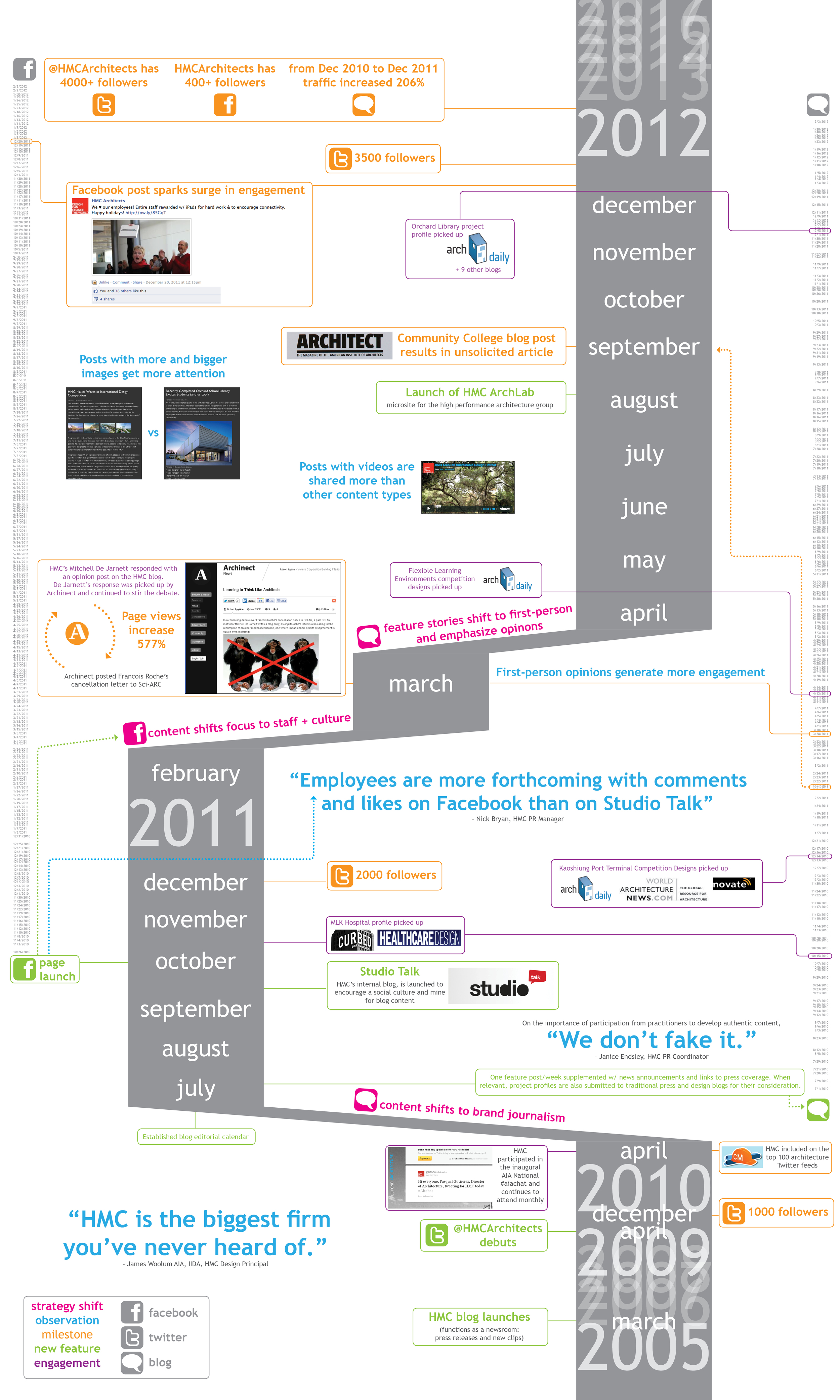 As designers, there are many tools to help you explain your ideas, but even with all the cool technologies and 3-D capabilities of this visual profession your ability to verbally tell your story is still essential. This was the underlying message of a panel discussion I moderated for Presenting Architecture at the AIA in San Francisco. In fact, most of the panelists presented their advice in parables.
Architects frequently tell their design stories to journalists, clients and cities; so we assembled a panel that reflects this: John King, the urban design critic for the San Francisco Chronicle; George Calys, the architecture critic for the San Francisco Examiner; Frank Doyle, a Tiburon Town Council member; Phil Woods, AIA AICP, the director of physical & environmental planning, physical planning design & construction at University of California, Merced; and Jonathan Stern, director of the development group at the Port of San Francisco.
As designers, there are many tools to help you explain your ideas, but even with all the cool technologies and 3-D capabilities of this visual profession your ability to verbally tell your story is still essential. This was the underlying message of a panel discussion I moderated for Presenting Architecture at the AIA in San Francisco. In fact, most of the panelists presented their advice in parables.
Architects frequently tell their design stories to journalists, clients and cities; so we assembled a panel that reflects this: John King, the urban design critic for the San Francisco Chronicle; George Calys, the architecture critic for the San Francisco Examiner; Frank Doyle, a Tiburon Town Council member; Phil Woods, AIA AICP, the director of physical & environmental planning, physical planning design & construction at University of California, Merced; and Jonathan Stern, director of the development group at the Port of San Francisco.
At the end of the session, two morals emerged from their accounts.
- Context is king.
- Good story tellers will tell the same tale in very different ways depending on who is in the audience.
Jonathan Stern narrated the tale of the 8 Washington building designs. He must have flipped through 30 slides of the planned changes to city from the perspective of the average pedestrian and nearby resident before he revealed how these studies and urban designs naturally informed the architecture of the site. The right context puts the obstructers’ minds at ease and sells the design.
Similarly in Tiburon, some projects have lingered for as many as seven years, while others sailed through the City' approval process after one presentation. The design of the house itself is less important to an audience of laypeople than the preservation of neighbor’s views or the intrusion of the natural aesthetic of the hillsides. The architects, who anticipate the concerns of the audience, illustrate their story with visuals that address these and articulate these points clearly in their presentation – instead of waiting for someone to challenge their design.
In the world of higher education, architects don’t always see that the university planners are your allies. Instead of going on and on about your very polished architecture designs, consider the bigger picture – the planning, how the architecture is incorporated into the neighborhood. Or better yet, give the university the opportunity to put their fingerprint on the project and they will help sell how wonderful it is for the city.
However, the audience is not always so obvious when you are dealing with the press. While you may want to impress the reporter with the features of your project that you feel are the strongest. The stories that will be successful in capturing journalists’ attention are the ones that appeal to their audience.
Ultimately, telling good stories requires preparation. George Calys’ words seem to be an appropriate summary of the lessons, “Have a message and be clear about it.” “Don’t make the audience read between the lines.” And finally, “The more you say, the less they hear.”

